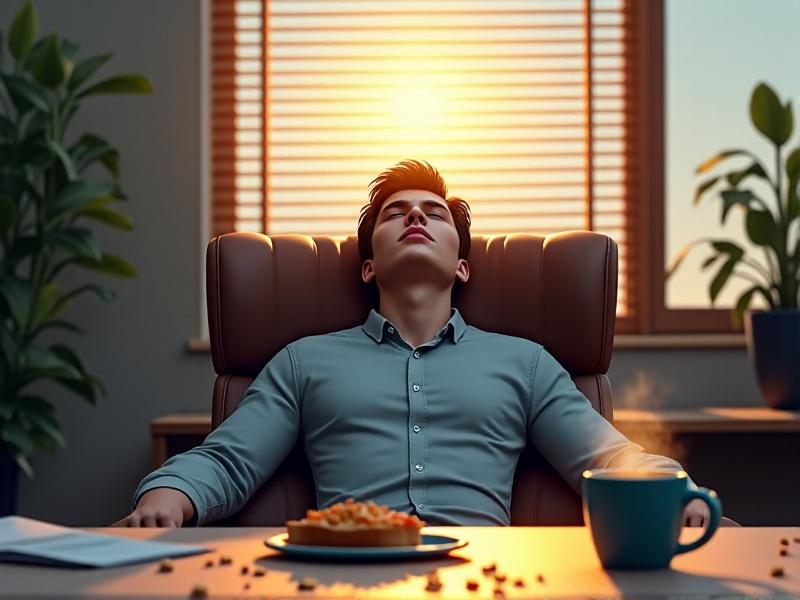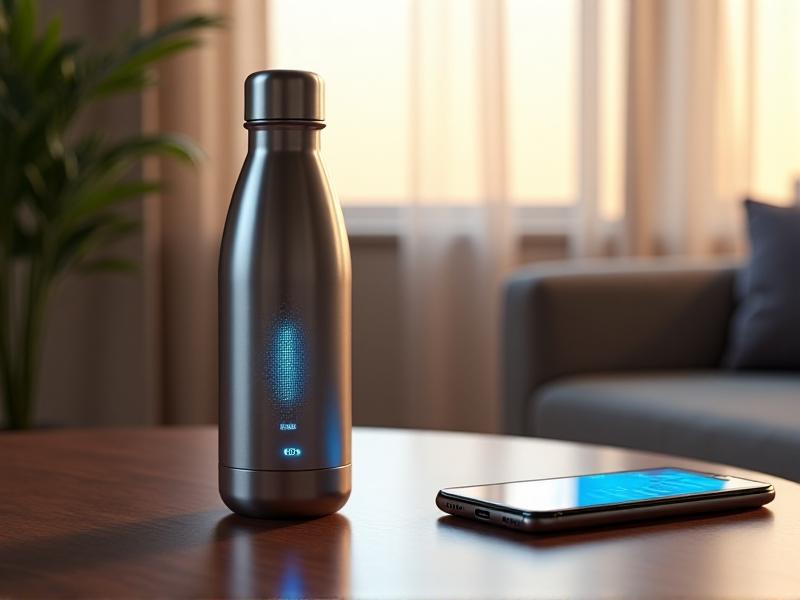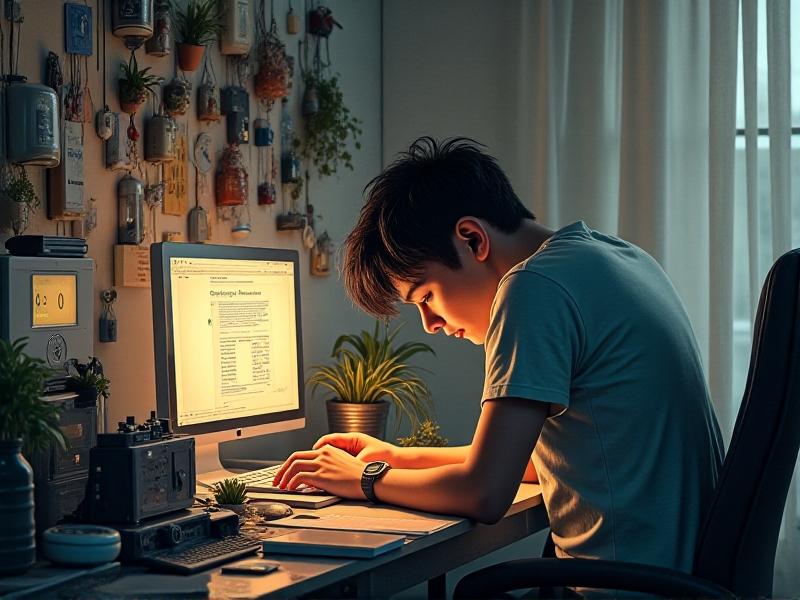Desktop Red Light Therapy Setups
The Science Behind Red Light Therapy
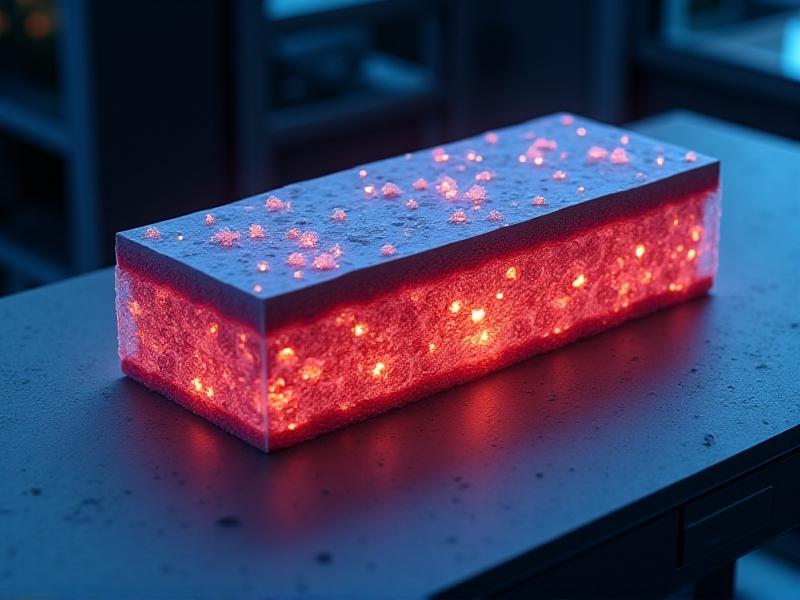
Red light therapy (RLT) operates on the principle of photobiomodulation, where specific wavelengths of light stimulate cellular activity. When red (630-700nm) and near-infrared (700-1100nm) light penetrate the skin, they interact with mitochondria—the powerhouses of cells. This interaction boosts adenosine triphosphate (ATP) production, enhancing cellular repair and regeneration. Studies show that these wavelengths reduce inflammation, accelerate tissue healing, and improve collagen synthesis. Unlike UV light, RLT doesn’t damage DNA, making it a safe, non-invasive option for skin health, muscle recovery, and even cognitive benefits. Researchers continue to explore its potential for treating conditions like arthritis and seasonal depression, solidifying its role in holistic wellness.
Choosing the Right Desktop Device
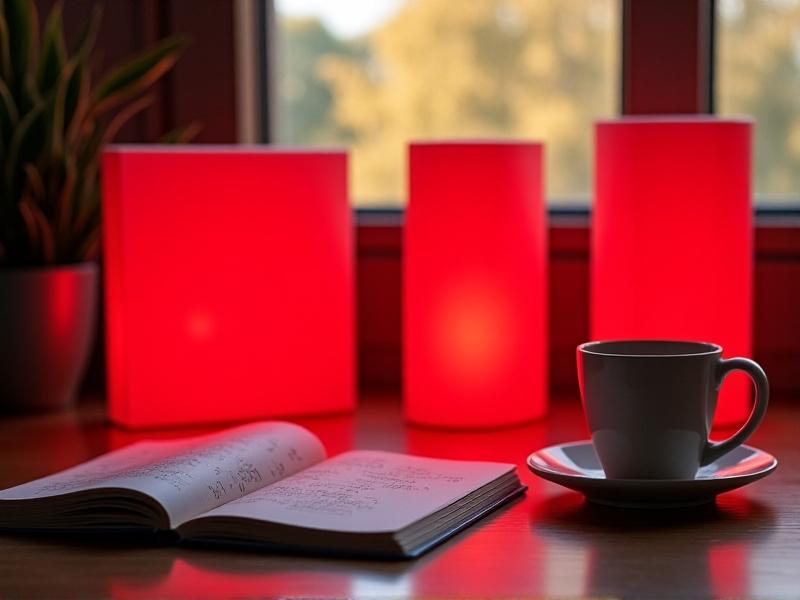
Selecting a desktop RLT device requires balancing features, size, and budget. Look for panels emitting both red (660nm) and near-infrared (850nm) wavelengths for versatility. Power density (measured in mW/cm²) determines session length—higher density means shorter treatments. A 12”x12” panel suits most desks, but smaller options work for cramped spaces. Prioritize FDA-cleared devices for safety and efficacy. Brands like Joovv and RedRise offer modular designs, while budget-friendly picks like MitoRed include timers and adjustable stands. Avoid devices with unverified claims or unclear specifications. Reading peer-reviewed studies and user reviews can help narrow choices, ensuring you invest in a tool that aligns with your health goals.
Setting Up Your Desktop RLT Station
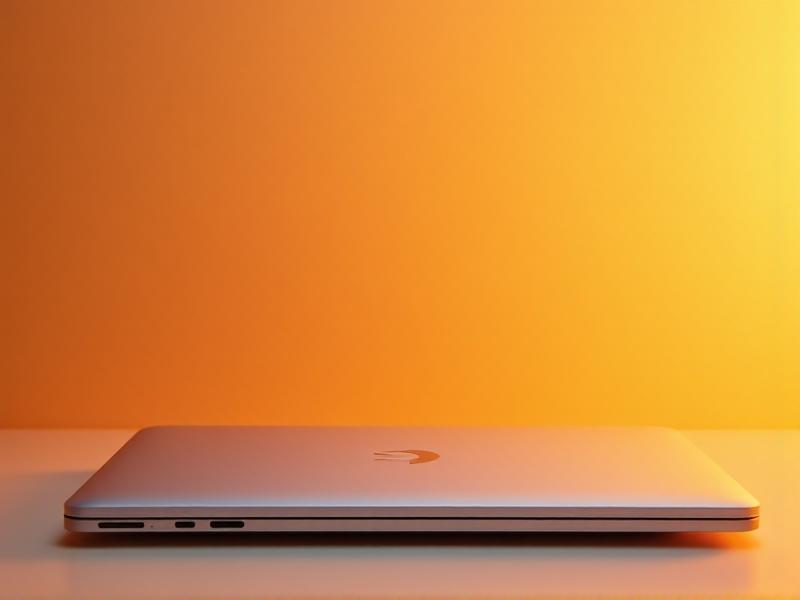
An effective RLT setup blends ergonomics and accessibility. Position the panel 6-12 inches from your face or target area, using a stand or wall mount for stability. Protect your eyes with FDA-approved goggles or keep eyelids closed during sessions. Sessions typically last 10-20 minutes; use a timer or built-in device feature to avoid overexposure. Pair treatments with low-effort activities like email-checking or meditation to maintain consistency. Ensure the panel isn’t obstructed by objects or reflective surfaces, and rotate angles occasionally for even coverage. Integrate the device into your decor—sleek, modern panels double as aesthetic accents. Regular cleaning with a microfiber cloth maintains light clarity and hygiene.
Benefits Beyond Skin and Muscle Recovery
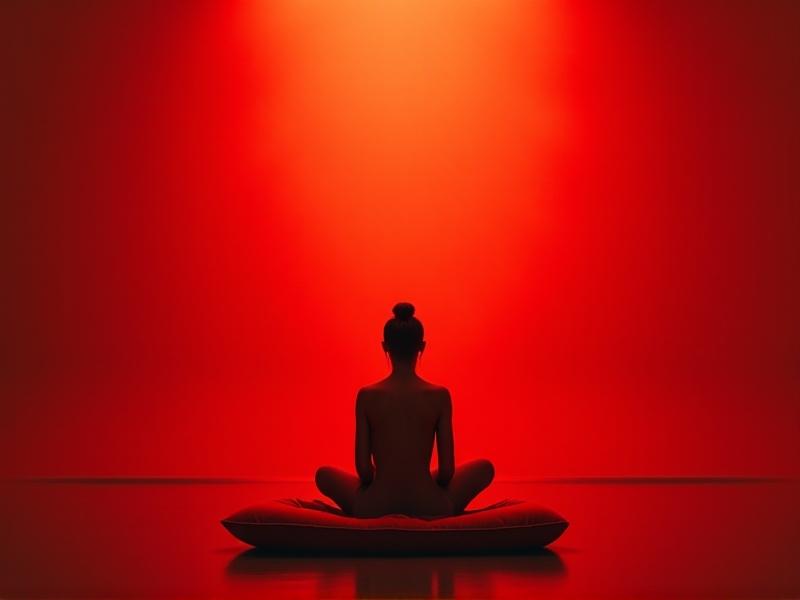
While RLT is famed for reducing wrinkles and soothing sore muscles, its systemic benefits are often overlooked. Research suggests it regulates circadian rhythms by stimulating melatonin production, improving sleep quality. For shift workers or jet-lagged travelers, morning RLT sessions can reset internal clocks. The therapy also elevates serotonin levels, combatting seasonal affective disorder and anxiety. Athletes report enhanced endurance and quicker recovery times. Emerging studies hint at neuroprotective effects, such as reduced brain fog and improved memory retention. By incorporating RLT into daily routines, users tap into a holistic tool that supports physical, mental, and emotional well-being.
Integrating RLT into Your Daily Routine
Consistency is key to maximizing RLT’s benefits. Morning users often pair sessions with skincare routines or gratitude journaling to kickstart the day. Evening sessions, meanwhile, can signal the body to wind down—combine with herbal tea and stretching. Desk workers benefit from midday sessions to alleviate screen fatigue; 10 minutes of red light can reduce eye strain and boost productivity. Multitask by using RLT during virtual meetings or while practicing breathwork. Experiment with frequency: some thrive on daily use, others prefer 3-4 sessions weekly. Track progress via notes or apps to adjust timing and duration. Remember, RLT isn’t a quick fix—it’s a gradual, cumulative process that rewards patience.
DIY vs Professional-Grade Setups
DIY RLT kits appeal to tinkerers, offering customizable wavelength combinations and lower costs. However, they risk uneven light distribution or inadequate irradiance without proper engineering. Professional devices, though pricier, undergo rigorous testing for safety and consistency. They’re ideal for serious users prioritizing reliability. For example, high-end panels deliver uniform light spread across the body, whereas DIY setups may have hotspots. Consider your goals: casual users might save with DIY, but chronic condition management warrants clinical-grade tools. Always verify third-party certifications and user testimonials before committing. Hybrid approaches, like augmenting a budget panel with reflective surfaces, can also optimize results without breaking the bank.
Future Trends in At-Home RLT
The next decade will see RLT evolve from static panels to intelligent, integrated systems. Expect wearables—think LED-embedded headbands for migraines or belts for muscle pain—to dominate. AI-driven devices could adjust wavelengths in real-time based on biometric feedback from smartwatches. Home units might sync with circadian lighting systems, automatically delivering doses of red light at optimal times. Nano-engineered materials could enhance light penetration, targeting deeper tissues. Meanwhile, research into personalized protocols, guided by genetic testing, may tailor treatments to individual needs. As competition grows, prices will drop, making RLT accessible to broader audiences. These innovations will cement red light therapy as a staple of preventive healthcare.

